The Cut on No-Cut
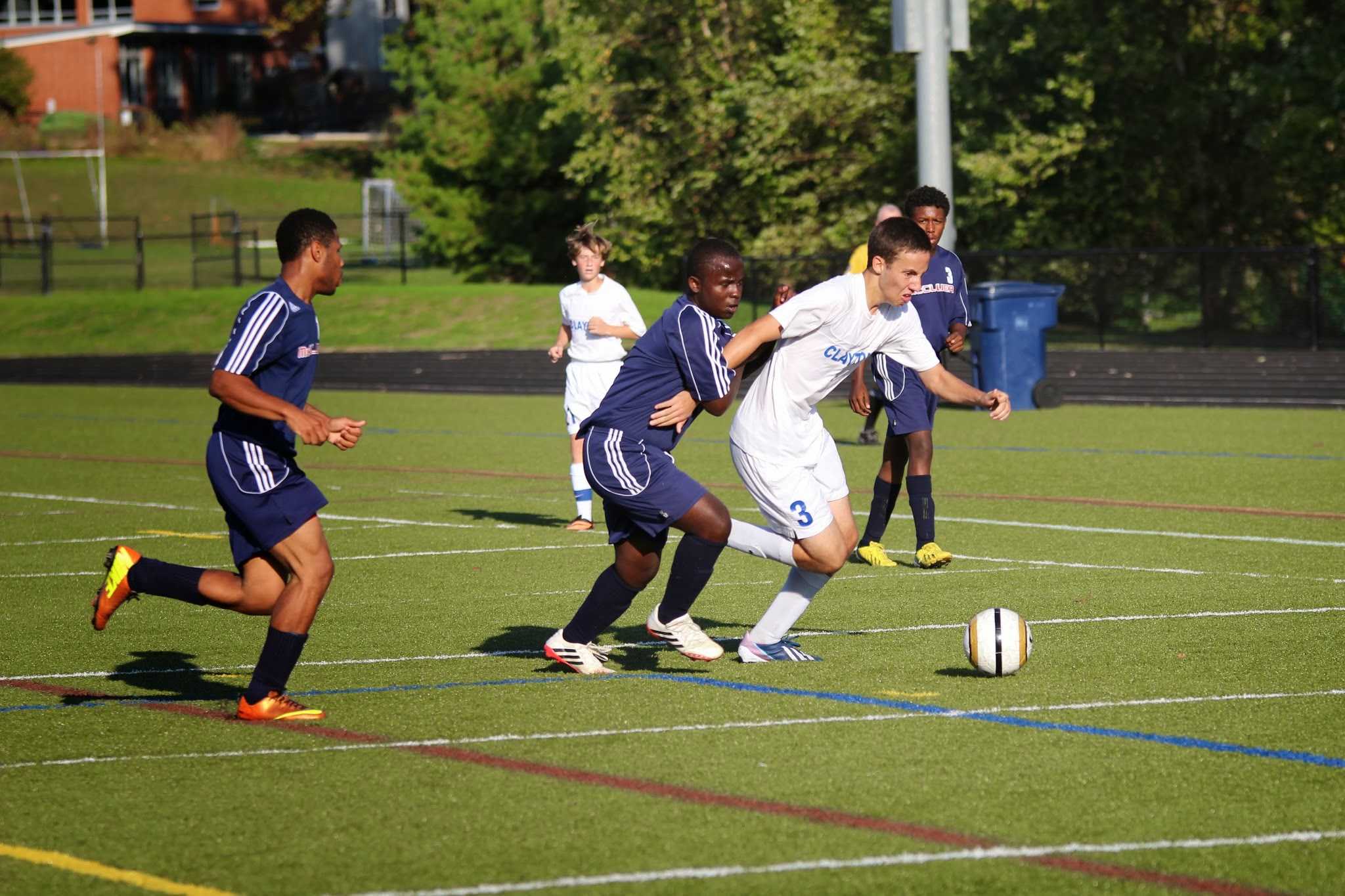
Introduction
Unique only to Clayton and a few others school districts in the St. Louis area is a sports-related policy known as the “no-cut” policy. With it, these districts have decided that student-athletes shouldn’t be cut from school sport teams solely based on their level of experience or ability. At Clayton, this ensures all junior varsity students a spot on the team. Varsity, on the other hand, is allowed to restrict entry based on the player ability.
Brought to the drawing board in the early 1990’s and implemented a few years thereafter, Clayton’s no-cut policy has been a tradition that has caused incongruity amongst both students and staff alike in recent years. Among those who are in support of the policy is CHS’s current Athletics Director, Bob Bone.
While much of the District’s administration is in favor of the policy, there are some people within the high school that disagree with Clayton’s current policy towards athletic participation. David Aiello, currently a teacher of psychology and former coach at CHS, is one of them.
The Good
“I think it is a great approach to athletics,” Bob Bone said. “Through no-cut, we give all of those people that are interested in playing a sport an opportunity to get better […] they get a chance to develop their own skills.”
According to Bone, the no-cut policy is one of the many ways that students are able to increase their participation in ways not pertaining to academics. With a 94 percent athletic participation rate with the Class of 2014, this statement should not be taken lightly. Bone also believes that increased participation in sports correlates with higher classroom performance.
Bone has conducted research that shows the no-cut policy is beneficial to students. The research concluded that athletes who participated in school sports received better grades than those who did not. In addition to this, the research found that the average number of class absences, as well as the average number of discipline referrals were significantly lower for athletes than non-athletes.
CHS places a high value on inclusion, and that sentiment at the heart of the no-cut policy, Bone said. He added that students may experience rejection from other school activities, and the no-cut policy ensures that sports will not be the same.
“If next fall, 35 freshmen come out for girls volleyball and we cut that down to 15, that’s 20 people who have a very negative experience to start their freshman year,” Bone said. “And, how does that carry over? Now, they might be thinking about going out for the school play, but they just got cut in volleyball and they know how painful that was. [They] won’t want to be rejected [again].”
Clayton’s no-cut policy has also inspired other nearby school districts to institute a similar approach towards their athletic programs, Bone said.
Bone also said that the Clayton school board overwhelmingly agrees with the current no-cut policy.
“The District, as a whole, is very supportive of [no-cut],” he said.
Bone said school surveys show that the no-cut policy is supported by more than 70% of the students and parents surveyed.
These are numbers that can’t be ignored. With students and parents preferring the no-cut policy over the traditional policy, it certainly appears n-cut is here to stay — for now.
The Bad
“I respect his opinion,” David Aiello, a psychology teacher at CHS, said. “But I disagree with it.”
Aiello has lots of experience coaching sports. Throughout his managing career, he has coached both Clayton baseball and soccer. For this reason, he has understandably developed his own, different philosophy regarding Clayton’s no-cut policy.
Unlike Bone, Aiello believes that Clayton’s no-cut policy deteriorates the quality of the school’s sports programs by attracting less competitive and skilled athletes who then contribute to a lower level of competition within the specific team.
In addition, Aiello noted that there exists an inconsistency between the way students aren’t denied participation within athletic teams but are on Clayton’s other highly selective programs, such as theater, DECA and AP classes.
“Another downside to the no-cut policy is that everything else that the Clayton school district does is competitive,” Aiello said. “If you look at our academic program, it has cuts. A kid can’t say, ‘I want to be in the honors class.’ No. You have to meet certain criteria. A kid can’t say, ‘I want to be the lead in the play.’ No. You have to try out. Not only might you not get the lead, you might not make the play at all, even as a chorus member. If you want to be in the honors band, you have to try out. It’s all based off of this competition.”
From the perspective of a former coach that has had years of experience overseeing high school sports, Aiello said the no-cut creates different motivation for students to play
“I found it very frustrating to coach when I had kids who wanted to go on and to play soccer at the next level, baseball at the next level,” Aiello said. “Then you had kids that were just out for getting their name in the yearbook.”
As a teacher of psychology, Aiello also noted that experiencing rejection, to an extent, is an important factor in preparing adolescents for the “real-world,” where no-cut policies don’t exist. There isn’t, he mentioned, a no-cut policy in the workplace or for getting into college. In essence, the sooner young adults learn to cope with being turned down, the better.
“There’s been a growing trend in the last five to seven years … [a philosophy] that we shouldn’t steal our [children’s] struggle. It’s good for children, kids and adolescents to struggle because if you don’t struggle and fail, you aren’t prepared for the real world.”
The Johnson
Having coached both the JV and varsity levels for boys and girls for seven years, Micah Johnson, a Spanish teacher at CHS, has felt the effects that the no-cut policy has had on several of his teams. He does, however, believe that the no-cut has both its advantages and disadvantages.
“We get a lot of players coming out for soccer that haven’t played [before] … and by the time they’re juniors and seniors, we make varsity players out of them. If that same player went out for soccer in Eureka, they’d be there for a day or two. They’d get cut. The coach would say, ‘Thank you for your interest, this isn’t the program for you.’ They would never have that opportunity.”
For this reason, according to Johnson, the no-cut policy encourages players who would otherwise fear being cut to participate in school sports, as well as provides them with the opportunity to develop their skills and even become talented athletes by the end of their high school career.
“No-cut is consistent with our philosophy of value and participation,” Johnson also mentioned. “[We value] excellence, but not putting excellence before inclusion and participation … [because] everyone is capable of excellence.”
Johnson also, however, said that he understands the arguments of those opposed to the no-cut policy. One reason he dislikes the effects of the no-cut, he stated, is because of the possibility of having to coach a team with simply too many players.
“I’ve ended up with teams of 30 players, for JV girls soccer, and you can only play 11 [at a time],” Johnson said. “So I’ve ended up with 19 girls on the bench. That’s two teams, almost. That makes it hard to get playing time.”
From a coaching standpoint, Johnson also admitted that he would, as most coaches, rather see a team that will be ready to play come the beginning of the season, which is not necessarily the case with a no-cut policy in place.
“From a coach’s perspective, being able to only take the players who show up for the season prepared and ready to compete, would be nice … I would love to have a bunch of soccer players who show up as soccer players, ready to play.”
What Johnson said next also somewhat echoed Aiello’s words.
“It’s good to be rejected,” he started. “It’s good in high school to experience rejection, because we’re all going to experience it. And the earlier we get a taste, the better prepared we are for it when it happens [later on] when the stakes are higher … it prepares you for the fact that no can be an answer.”
All in all, Johnson essentially stated that he understands the pros and cons of having a no-cut policy as well as recognized that both sides have convincing arguments for whether or not the policy should stand. “From a coach’s perspective, being able to only take the players who show up for the season prepared and ready to compete, would be nice … I would love to have a bunch of soccer players who show up as soccer players, ready to play,” he said.
Johnson continued his thought. “[Although], in an ideal sense, I love [no-cut.] I love what it says about us. I love what it speaks to our values … come one, come all. In that sense,” he said, “ it makes perfect sense to me.”
Conclusion
As long as opposition to the no-cut policy exists, there also exists the possibility that it will be up for debate and potential revision in the future. Given the current state of Clayton athletics as well as the stance of Clayton’s Administration, however, it doesn’t look like the no-cut policy will be cut from Clayton athletics any time soon.
Your donation will support the student journalists of Clayton High School. Your contribution will allow us to purchase equipment and cover our annual website hosting costs.

Lawrence Hu is currently a sophomore at Clayton High School and first year editor for The Globe. He is an avid writer, photographer and distributer. While rival editor Max Steinbaum...

Max is a senior, and has been a member of the Globe since his freshman year. He is very excited to return as a Senior Managing Editor for the 2016-17 school year. Previously,...

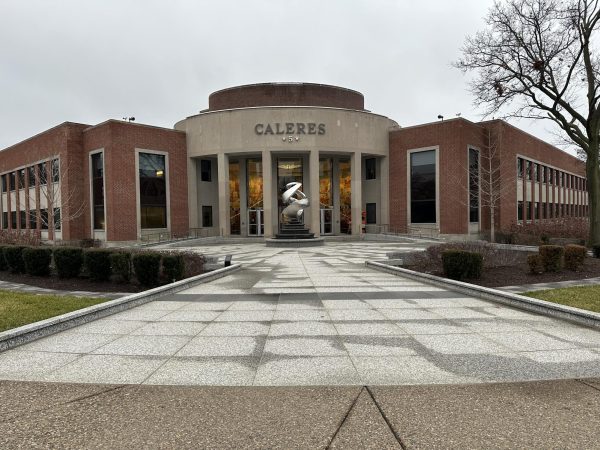
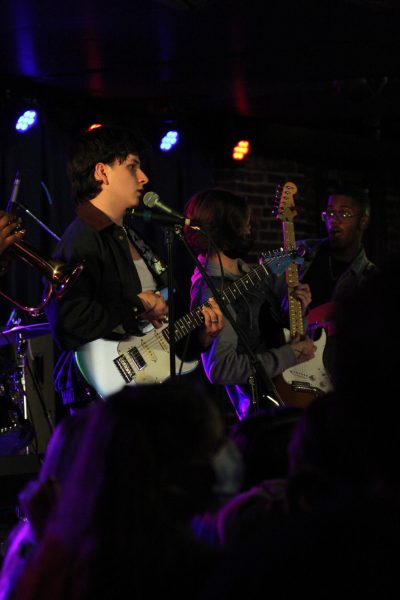
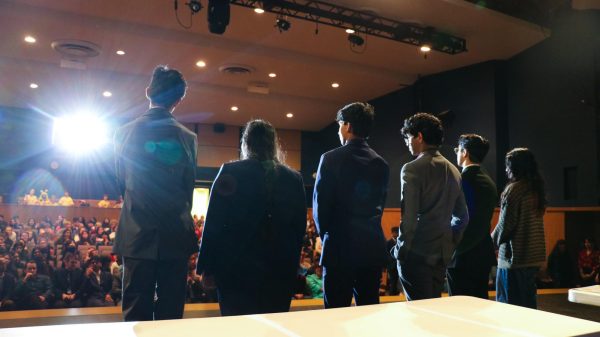
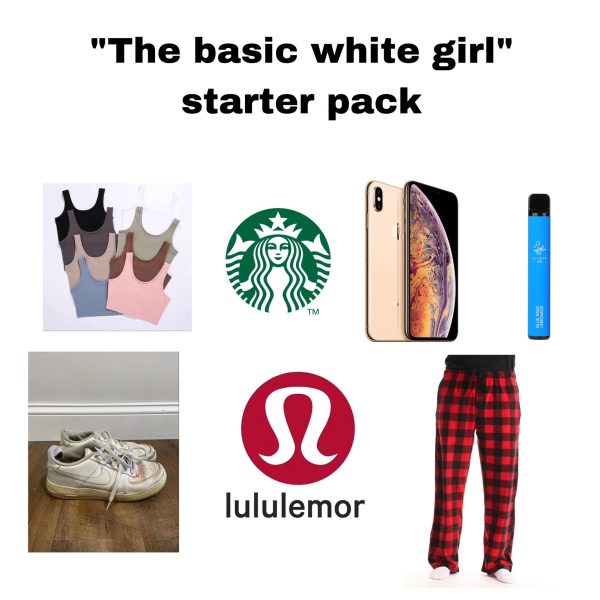

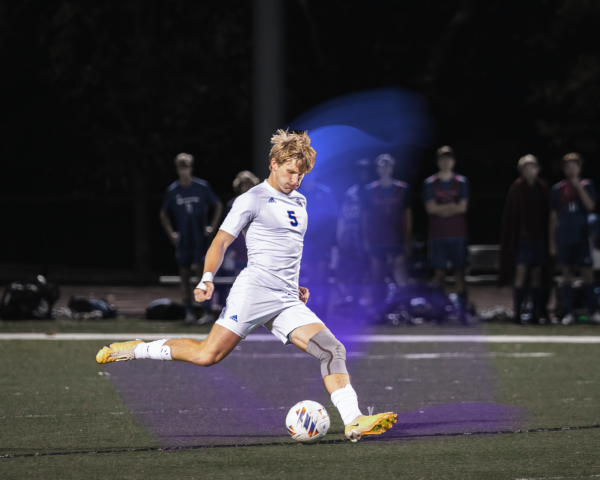
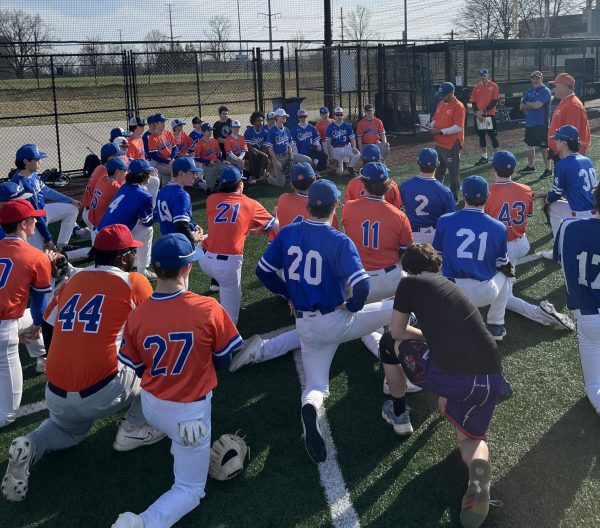
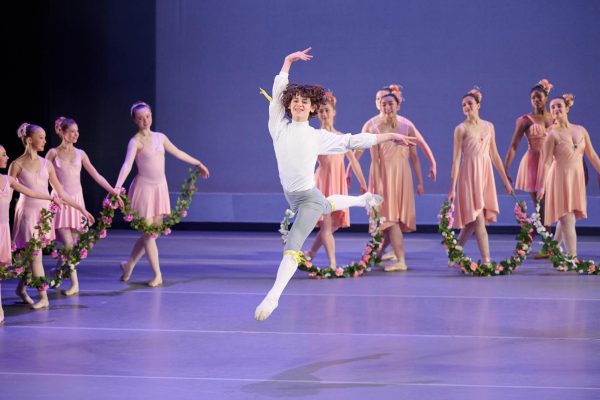
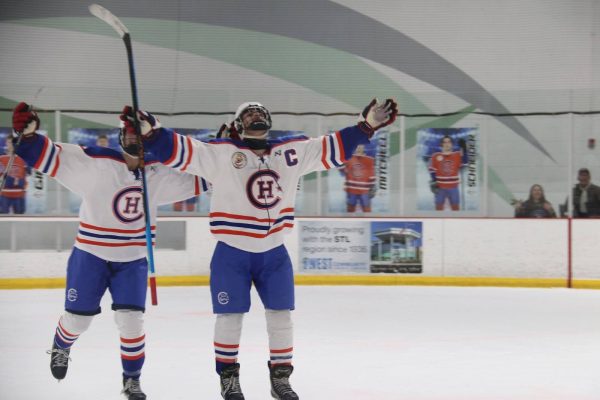
Trey • Apr 23, 2019 at 9:41 am
My mind doesn’t speak